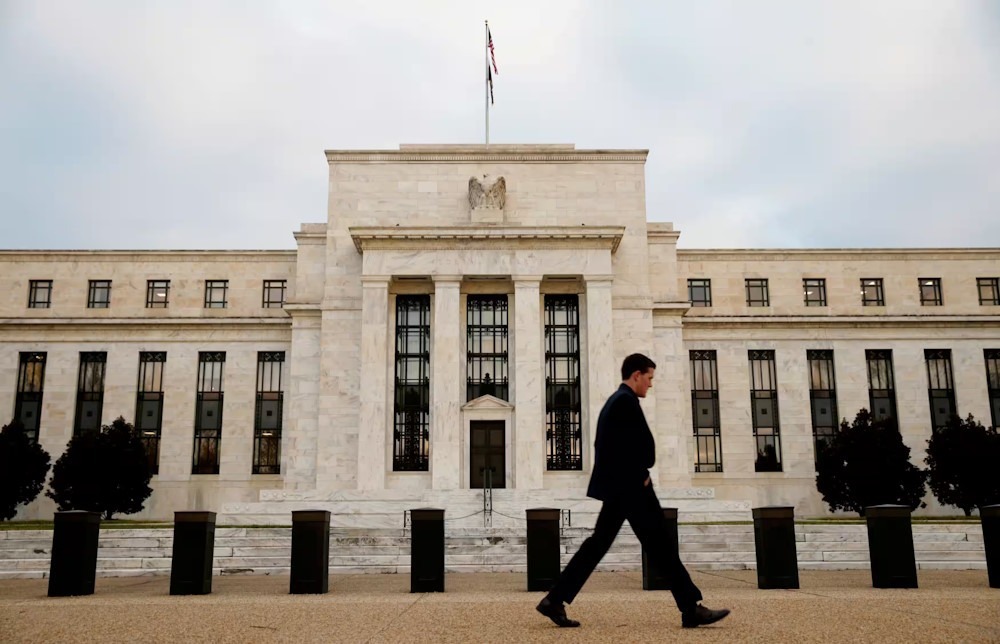Ambiguity over economy and Federal Reserve

Investors continue to confront a lack of clarity and ambiguity over the state of the economy and the actions of the Federal Reserve. Investors have been comforted in recent times by reassuring economic statistics. However, the future prospects for the economy and monetary policy are currently highly uncertain, indicating the possibility of increased volatility in the future.
The likelihood of a smooth economic transition received a positive boost this week, as data indicated that consumer-price inflation is continuing to decrease, as anticipated. Additionally, there was an unexpected increase in retail sales during the month of July.
However, the retail sales data released on Thursday was not as favorable as it initially appeared. The latest data from the Commerce Department revealed that the headline figure increased by 1% compared to the previous month. This exceeded the predictions of economists, who had anticipated a gain of only 0.3%. However, this was primarily due to a recovery in automobile sales, which were negatively impacted in June by a broad hack on dealerships. In July, retail sales, excluding motor vehicles and parts, increased by a modest 0.4%.
Simultaneously, the Federal Reserve announced industrial production numbers on Thursday, which indicated a 0.6% decrease in July compared to June. The Federal Reserve, the entity responsible for releasing the report, stated that the impact of Hurricane Beryl resulted in a decrease of around 0.3 percentage points in that figure. However, even after excluding that factor, the decline was more severe than anticipated, with a 0.1% decrease. The reading for the month of June was likewise adjusted downward.
Currently, it is uncertain to what degree economic momentum is slowing, however it is important to note that a severe economic downturn is not expected to happen in the near future. This phenomenon raises questions about the market’s seemingly strong belief in the Federal Reserve, which appears peculiar.
There is a widespread consensus that a decrease in interest rates will occur in September. However, there is still ongoing discussion on the extent of the actions that the Federal Reserve will take during that meeting, as well as the speed at which it will thereafter continue to lower interest rates. According to the CME FedWatch tool, the current market prices indicate a 27.5% probability of a half-point drop, which is more than the typical quarter-point adjustment. However, just one week ago, the markets were indicating a 55% probability of a reduction of 0.5 percentage points.
The level of uncertainty increases when one attempts to predict the actions of the Federal Reserve further into the future. Due to the central bank being in a state of transition regarding its policy views, it has not provided much guidance to Fed-watchers regarding its future actions. It is impossible to predict with certainty the future rates a year from now, although it seems probable that they will be lower.
Consequently, markets may be susceptible to further disturbances similar to the recent one they have experienced. Recent evidence demonstrates the significant impact and severity of these disruptions. The Bank of Japan’s hawkish language caused a significant increase in the value of the yen, leading to the reversal of the carry trade and resulting in a highly turbulent week for stocks, which was unprecedented in years. This serves as a reminder of the significant impact that alterations in expectations regarding monetary policy can have, causing widespread and far-reaching consequences.
Furthermore, this implies that the revised “dot plot,” which displays the collective predictions of Federal Reserve policymakers regarding the economy and interest rates, will face heightened examination in September.
On Thursday, the S&P 500 was poised to achieve its sixth consecutive day of increases and was only approximately 3% away from the record high it hit in mid July. Investors should prepare themselves for additional volatility.










